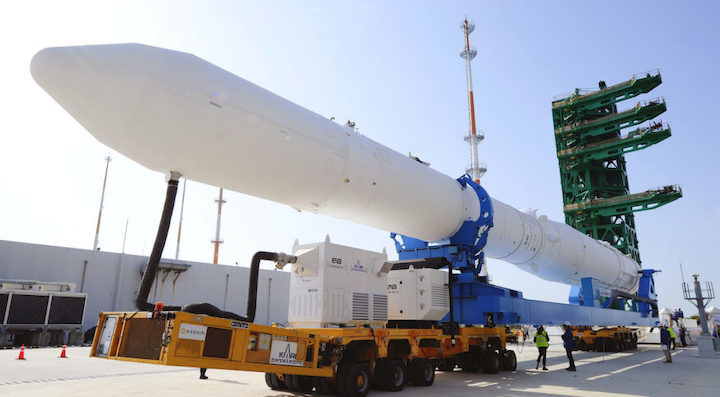11.07.2021

SEOUL, South Korea – Hackers linked to North Korea broke into the network of a South Korean aerospace company last month that holds confidential rocket propulsion technologies developed for the nation’s first indigenous space launch vehicle KSLV-2, the state spy agency said July 8.
The breach of Korea Aerospace Industries (KAI) took place in mid-June and an investigation is underway to determine further details, said Rep. Ha Tae-keung of the main opposition People Power Party, a member of the parliamentary intelligence committee, after a briefing on the issue from the National Intelligence Service (NIS).
According to the lawmaker, the spy agency warned KAI about possible breaches and urged the company to take extra precautions, including changing passwords. But the company allegedly did not comply with the requests, Ha said, citing the NIS briefing.
The lawmaker said there are several other think tanks and security-related institutes that have fallen victim to a North Korea-affiliated hacking recently, including Korea Atomic Energy Research Institute and Korea Institute of Fusion Energy.
Reports have it that KAI’s confidential rocket propulsion technologies developed for KSLV-Ⅱ were stolen in the hacking incident. The breached data might, according to local reports, include sensitive information about major defense items, such as the KF-21 indigenous fighter jet, FA-50 light combat aircraft, unmanned aircraft and radar.
A KAI spokesperson confirmed to SpaceNews that the company’s network had been hacked but declined to elaborate citing the ongoing investigation.
KAI developed a propellant tank of KSLV-2’s first stage booster and was responsible for the stage’s assembly as a whole. The three-stage KSLV-2 — boasting four 75-ton liquid-fueled engines in the first-stage booster, a single 75-ton engine in the second-stage and a 7-ton engine in the third stage — is on track for its demonstration launch from South Korea’s Naro Space Center in October.
Quelle: SN
